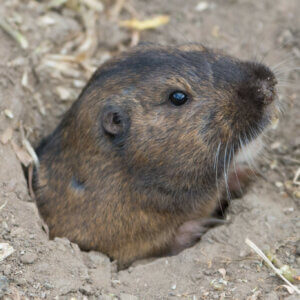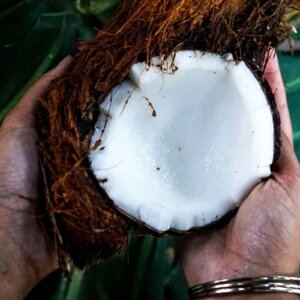
- Purpose: Eggs
- Eggs: Blue
- Egg Size: Medium
- Color: Silver, Gold, Cream
- Comb Type: Floppy Comb
Hardy, sprightly Legbars are a relatively new British breed developed for egg-laying and their unique auto-sexing chicks.
With beautiful blue-tinted eggs, a unique comb and crest combination that looks somewhat like “Berets accented with flowers,” and a gentle personality, these are a fantastic choice for the backyard flock.
Characteristics
There’s a lot to like about the loveable Legbar. Of the three varieties–silver, gold, and cream–the most popular seems to be the Cream Legbar. A chicken aficionado may be able to detect the influence of Araucana in their ancestry–like the mixed-breed Easter Egger and Ameraucana, the cream variety of these birds are able to produce a beautiful, blue-tinted egg.
The Silver and Gold varieties do not have the crest of the cream, and also don’t lay blue eggs. Their Leghorn lineage, however, makes them good egg layers regardless.
Cream Lebars are also an auto-sexing breed, meaning that the gender of the chicks will be apparent soon after hatching. Male chicks display a pale dot on their heads, while female chicks will have a dark stripe running down their spine. For poultry keepers looking to only keep hens–particularly those in neighborhoods where roosters are prohibited–this is a fantastic way to make sure that the chicks you buy are the ones you can keep!
The hens also trail an appealing list of traits to their name: docile, weather-hardy, good foragers, and gentle. Though they don’t always go broody, when they do, they make excellent mothers.
Problems With Legbars
With the recent surge in popularity for blue-tinted eggs, the potential for getting poorly-bred birds is rising as well. These are generally rare birds–ironically, because blue eggs weren’t popular for a few decades–so local populations may be somewhat scarce. If you buy chicks from a hatchery, brace yourself for potential disappointments.
Additionally, Legbars are a tad noisy and potentially flighty. They don’t really tolerate confinement well, far preferring a wide, open space to forage. If you’re hoping for a quiet bird that won’t disturb nearby neighbors, maybe consider a friendly Faverolles.
What’s The Yield?
Legbars were developed, in part, for their egg-laying abilities. Hens are good layers, producing around 200 medium to large eggs a year. Depending on the variety, eggs will usually be blue or olive-colored, though they can sometimes be white.
Cocks usually reach about 6.5 pounds, and hens 5.5 pounds, so if you try to use them as a dual-purpose breed, you’ll get enough meat for a family–certainly not enough to sell, though!
Finding The Right Bird
Due to a bit of muddling with their breeding, some chickens labeled as Cream Legbars may have lost the auto-sexing trait. Farms hoping to breed these friendly little birds should try to find a reputable breeder to source their eggs or hatchlings if the trait is valued. For those interested, Greenfire Farms in Florida is the only legal importer of Cream Legbars.
Pictures Of Cream Legbar Chickens
Resources
- Legbar, My Pet Chicken
- Legbar Chickens, Poultry Keeper
- Crested Cream Legbar Chicken Eggs, Purely Poultry
Everything You Need to Know About the Cream Legbar Chicken, Wide Open Pets - Cream Legbar, Greenfire Farms
- Crested Cream Legbar, The Pert Little Layer That Just Won’t Quit, Alchemist Farm & Garden
- The Cotswold Legbar, Legbars Broadway
- Legbar Chicken, Roy’s Farm
- Cream Legbar Club









































